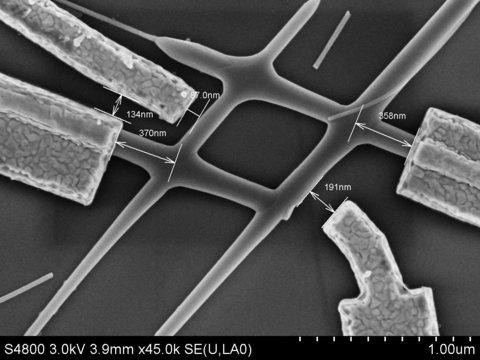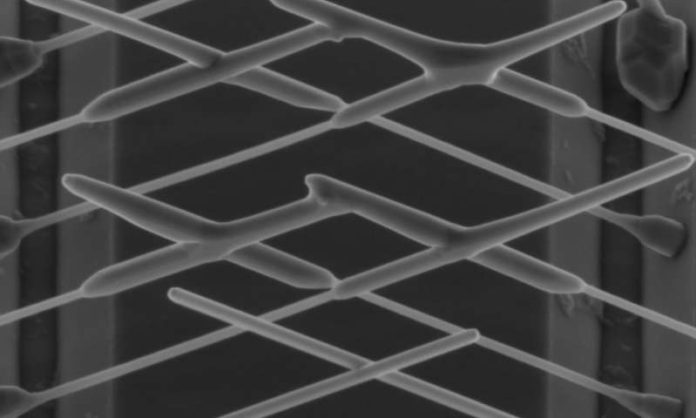Researchers have been trying to prove the existence of the mysterious Majorana particles for quite some time now, and this month a team from the Eindhoven University of Technology, Delft University of Technology and the University of California may have just cracked the puzzle. These particles were first demonstrated back in 2012 and the interesting thing about them is that as well as being a particle, they’re their own antiparticle too.

The quantum chip that’s been developed consists of ultra thin networks of nanowires made into the shape of ‘hashtags’ that allow Majorana particles to swap places. Knowing this is a vital step towards using it as a basis for building quantum computers. These particles were first predicted back in 1937 by Italian physicist Ettore Majorana. Then in 2012, researchers from the Delft University of Technology and Eindhoven University of Technology presented for the first time experimental signatures for the existence of Majorana fermion.
Probably the most exciting part of the discovery was in allowing two Majorana particles to ‘braid’ (exchange places). “That’s the smoking gun,” says Erik Bakkers, one of the Eindhoven University of Technology researchers working on the project. “The behavior we then see could be the most conclusive evidence yet of Majoranas.
The new device in which Bakkers and colleagues have created is one that will allow scientists to actually see this changing of Majorana’s happen. Intersections were formed using nanowire to form a hashtag shape and present a closed circuit for the Majoranas to move along. The hashtag device was built from scratch and the whole process takes place in a vacuum that’s a temperature of around -273 degree Celsius. “This ensures very clean, pure contacts,” explains Bakkers, “and enables us to make a considerable leap in quality of this kind of quantum device.”
By enabling the Majorana particles to braid researchers will gain a deeper insight into the processes involved could essentially become the building blocks for future quantum computers. The braiding of the Majorana could become the basis for a qubit. But for now, we will just have to wait and see.
More News to Read
- Welcome the M1 E-Bike – The World’s First Crossover Motorbike
- Stuck on Kids Gift Ideas – Why Not Try Toybox the Kids 3D Printer
- Chile’s Very Large Telescope Interferometer Captures Best Image Ever of a Star’s Surface
- Taking Things to the Next Level with HP’s Wearable VR Backpack
- Neutrino Experiment Reveals more About Matter-Antimatter Asymmetry

